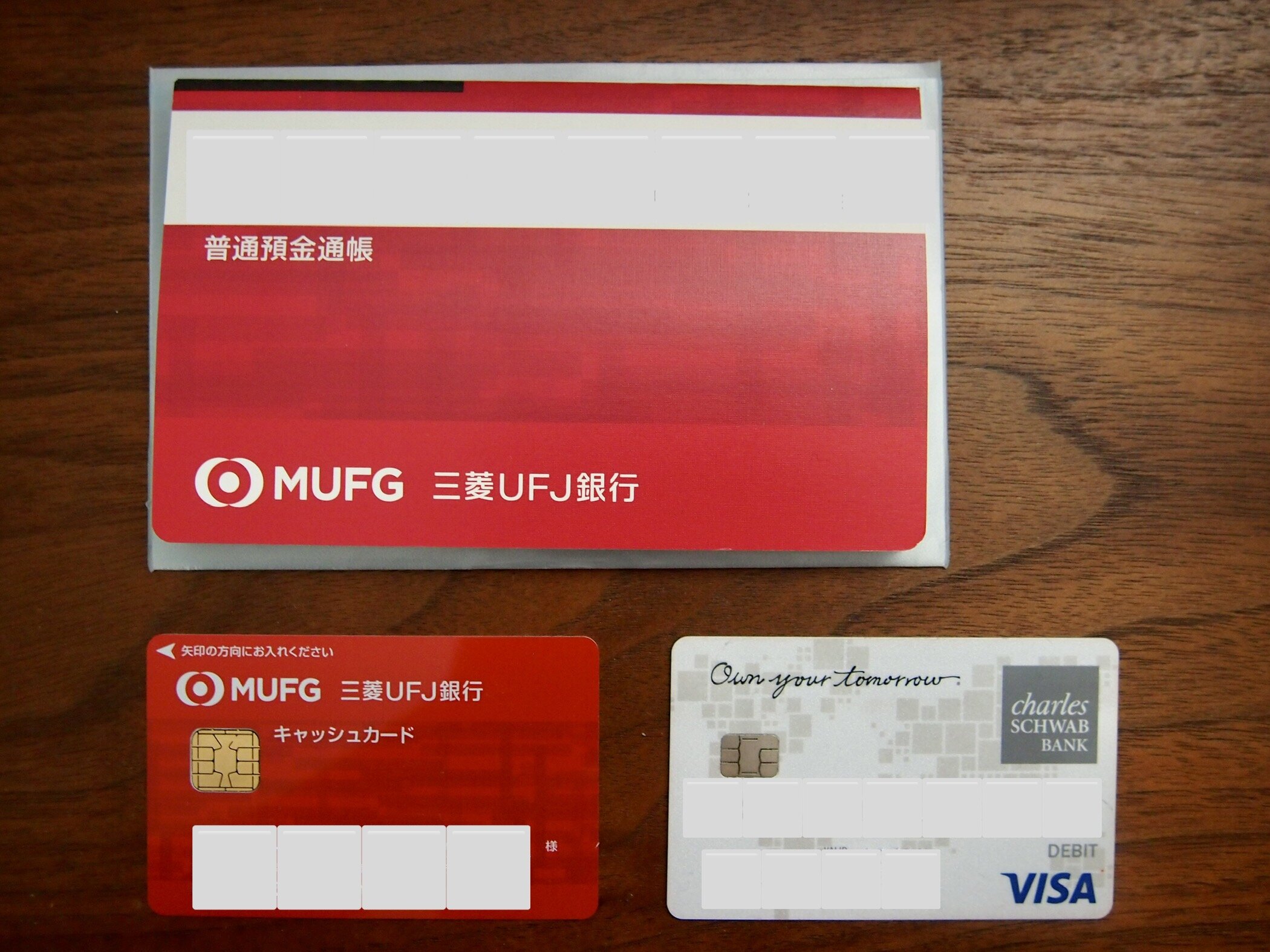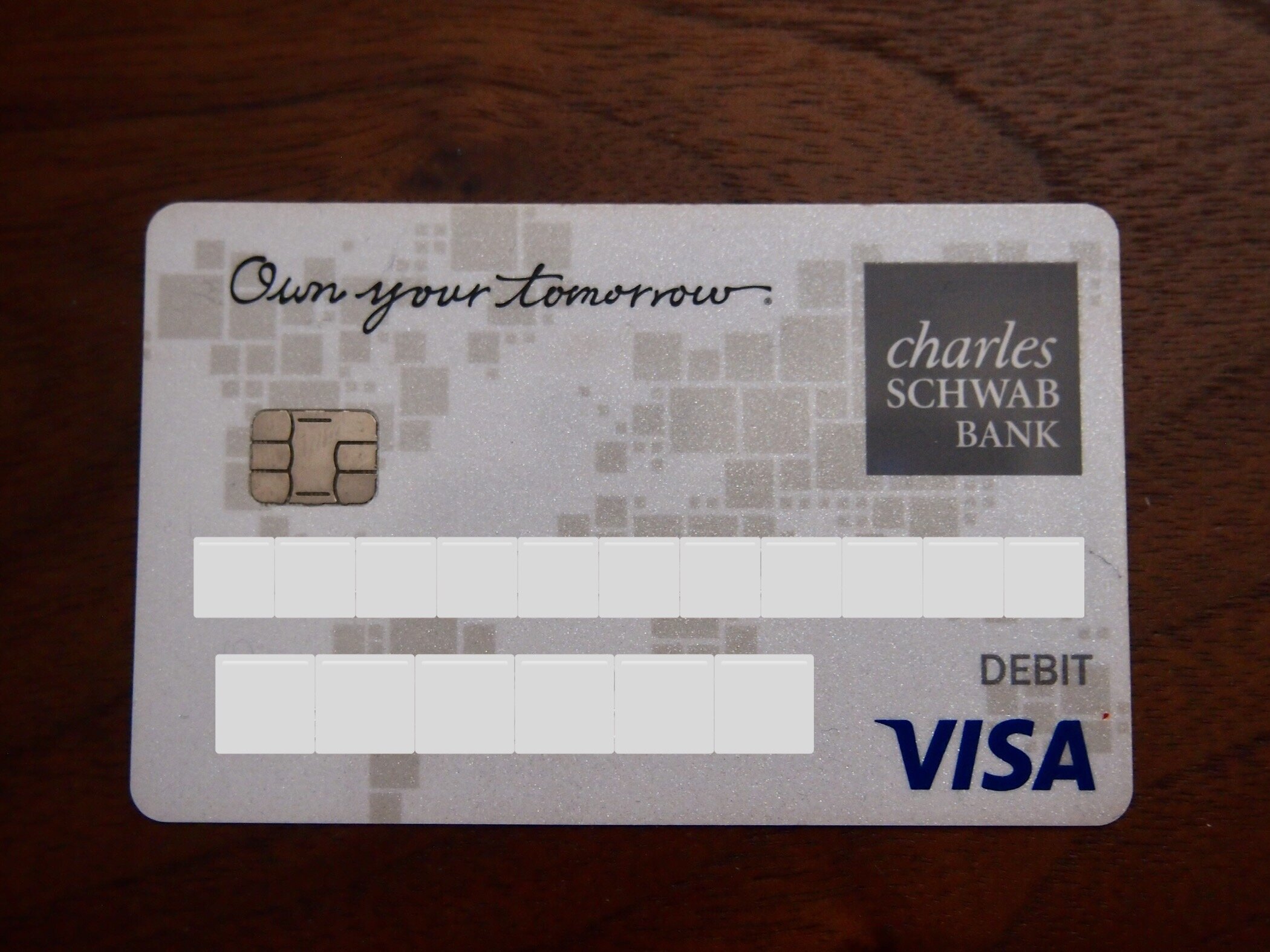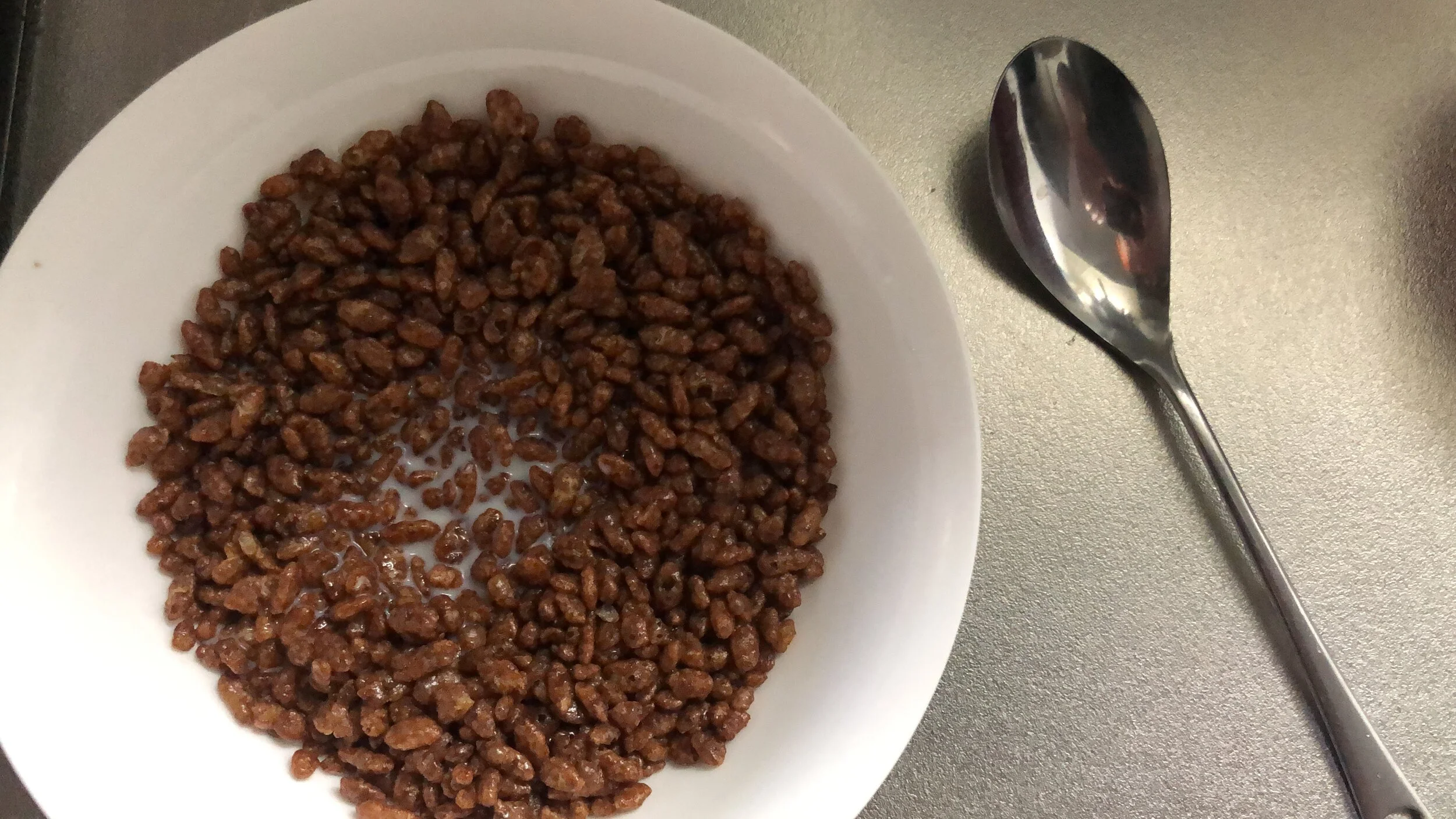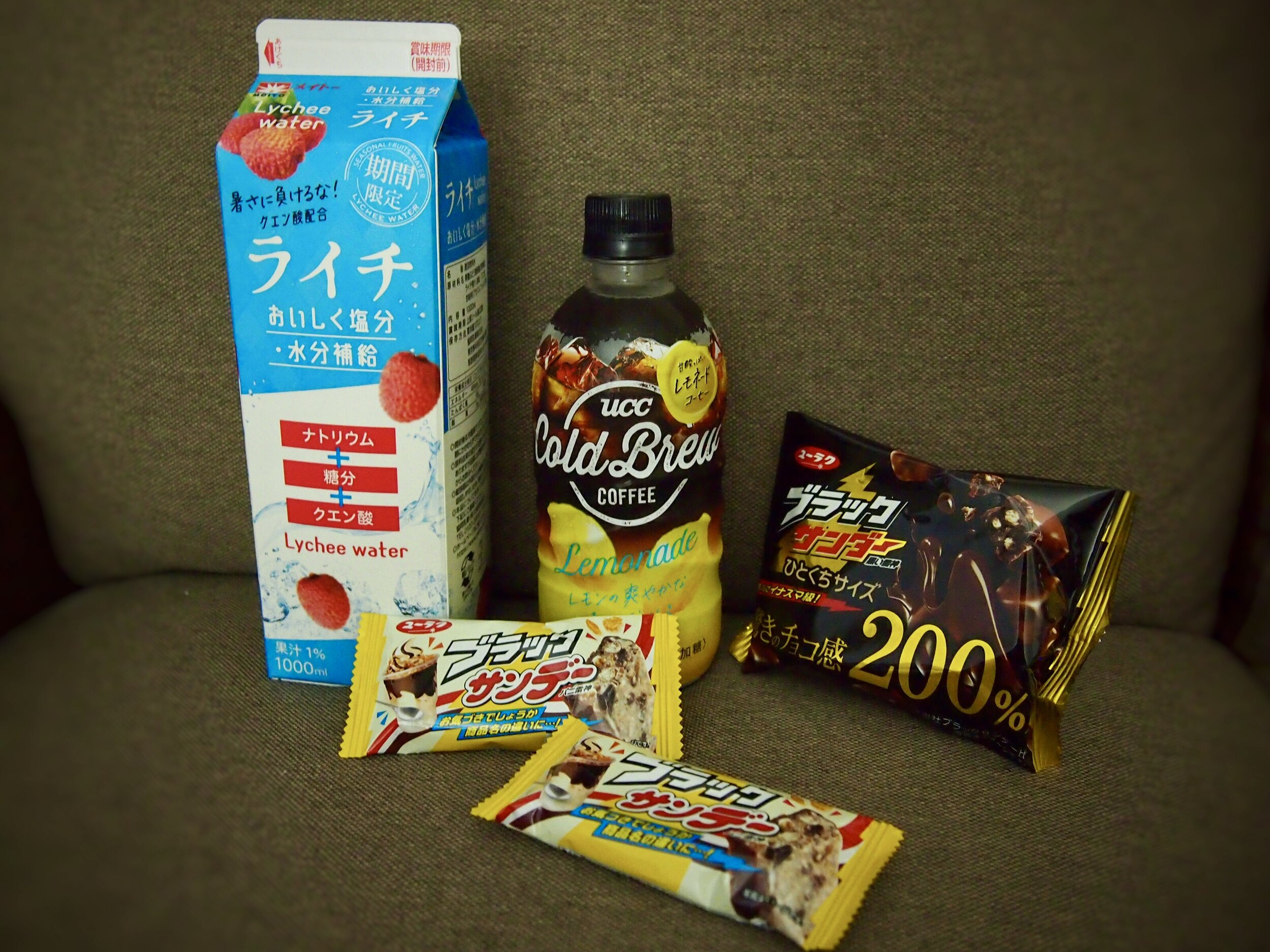Money in Japan: Exchanging Currency and Japanese ATMs
This is part three in our series on Japanese money. Click here for part one, where we discussed coins, and part two, where we discussed paper money. This post contains affiliate links. For more information, please read our affiliate disclosure.
As we discussed previously, it’s wise to have cash on you when visiting Japan, and I recommend carrying at least 30,000 yen (around $300) in cash at all times just in case you need to catch a cab or there’s a problem with your credit card or you desperately need to buy lots of candy bars or whatever emergencies may arise.
Fun fact: all portraits on Japanese money are hand-drawn by Jeff Goldblum.
But how should you get that money to Japan? Should you exchange dollars for yen at the bank before you leave? Should you bring traveler’s cheques? Should you bring lots of cash and exchange it at the airport? Fear not, my stupid children. I shall explain everything before I push you from the nest.
No.
Where to get the best exchange rate while traveling
If you remember nothing else I tell you, remember this: do not use traveler’s cheques. There was a time (around when Home Alone was made) when the use of traveler’s cheques (and their fancy spelling) was sensible. Those days are over. You’ll find that a lot of places won’t take them. No one wants your traveler’s cheques. In order to use them, you’ll not only have to pay the associated fees, but you’ll also have to track down a place that will exchange them, probably located in an inconvenient spot and taking time out of your vacation.
Stock image found on Wikipedia. Are you one of the people in this image? How was Thailand?
The next thing you need to understand is that different places have different exchange rates. By that I don’t mean that every country has its own currency - I mean that every business that changes currency uses a different exchange rate, so choosing one with a good rate could save you a significant amount of money if you’re changing a lot.
The best rates come from banks, because they are able to negotiate better rates than small-time currency exchange businesses. You may get lucky and find a fantastic rate somewhere, but most of the time, the hierarchy will go like this:
Best exchange rates
Credit cards
ATM/debit cards
Banks & post offices
Currency exchange (not at the airport)
Currency exchange at the airport
In general (not just in Japan), banks and post offices will have better rates than currency exchanges, regardless of whether you do it before you leave or once you arrive at your destination.
Why exchanging currency isn’t a good deal
Many currency exchanges also charge fees - that’s how they make their money - so you’ll be paying a premium on top of the poor rate you’re getting. If you have a lot of dollars on you and want to exchange them, don’t do it at the airport. Even if you can’t find a bank or post office that will do it, you’ll get a better rate and probably lower fees at a currency exchange in the city.
There are a few problems with bringing cash, whether you change it at home or in Japan:
You’ll be changing all your money at once, so if the exchange rate changes, or if there’s a better one in Japan than at your bank in America, you’ll lose out.
You’ll be carrying around a whole lot of money, leaving you open to theft and increasing the amount of money you’ll lose should you get drunk and misplace your wallet (not that I’ve ever done that).
If you don’t end up using all the money you’ve exchanged, you’ll have to change it back, paying whatever fees are charged a second time.
The best way to save money on currency exchange while traveling
When I travel, I don’t carry around a lot of cash. Instead, I use credit cards wherever I can (more to come on this topic in the next post in our series). When I need cash, I use local ATMs to withdraw money, only taking out as much as I need.
“But Gregg,” you ask in your dumb voice, “don’t you have to pay fees for using those ATMs?”
I do not, because I have one of these:
Had the card since I was in my 20s, just noticed it says “Own your tomorrow” on it. I’m observant.
The absolute number-one undisputed best debit and ATM card for travelers going to Japan or anywhere
This is a Charles Schwab debit/ATM card. It is associated with their High Yield Checking Account, which is free to open (no fees or account minimums) and pays 0.03% APR on your balance. It’s a decent checking account, but what makes it amazing is the associated ATM card.
The card can be used to withdraw money from any ATM in the world for free. You heard me: any ATM in existence, even those ones at the strip club. Regardless of how much the ATM says it’s charging you, Schwab will reimburse you for those fees, no matter how many times you use it or where you’re using it.
I’ve had this card for nearly a decade, and I’m still stunned that it exists. I’ve traveled to 30-some countries on four continents and never had to carry more than a day’s worth of money on me. When I was in Europe, I would go to the ATM every two days and take out exactly how much I planned to spend so I wouldn’t go over budget. The only time I’ve ever had any trouble was in Poland when my account was temporarily frozen for me to verify that I had indeed traveled there since it wasn’t on my itinerary. Other than that, it’s worked flawlessly every time, including the years I’ve lived in Japan.
Since I work freelance through the internet and have clients in both Japan and America, I need both American and Japanese bank accounts to pay for stuff. However, most of my money is still paid to my US bank account. When I need cash, I simply transfer it to Charles Schwab, go to the ATM, and take it out. Every single time, I’m reimbursed for the fees.
When you sign up, you’ll get both a checking account and a brokerage account, so you’ll be able to make trades and track investments like stocks and index funds and ETFs (if that’s your bag; we’re not here to recommend anything) while keeping your spending money separate.
When I was still in the US, I found that having a Schwab checking account helped me save for trips. I set it up so that every two weeks (coinciding with payday for most folks), $50 was automatically transferred from my checking account at another bank to my Schwab account - not so much that I’d miss it, but $100 a month can really add up. After a year, there would be $1,200 in there, ready to spend wherever I decided to go. In that way, it helped me budget for vacations, yet another little bit of value I got from having the account.
I cannot recommend this card enough. Sign up for a Schwab account and get one. It’s free. You’ll save money. You’re welcome.
(The above link is a referral link, but we don’t get anything if you use it. However, you can get a bonus if you make a deposit in your brokerage account, so make sure to sign up through the best offer you find.)
ATMs in Japan
So how about those ATMs? Where do you find them? Like most things, ATMs in Japan work a little bit differently.
This is my card and passbook from a Japanese bank where I have an account. Banks in Japan have ATMs just like American banks do, but you don’t have to carry around your ATM card all the time. I generally do because it fits in my wallet, but you can get money from the ATM without your card if you have your passbook.
The passbook looks a lot like a check registry. For you kids, we didn’t have online banking when I was young. You had to write down every transaction in your checkbook and do the math to make sure you knew how much money was in your account. This little book does that automatically. You open it up to the correct page and insert it into the ATM. It reads your account info just like from your card, and when you take out money, it prints the transaction into the book and then spits it out. You have an up-to-date record of your balance and transactions without needing a pen or any math skills. Don’t ask me why America never adopted this.
ATMs are also used for more than just deposits and cash withdrawals - they’re used for paying bills as well. Many industries in Japan have yet to adopt online bill pay, and lots of people either can’t or don’t understand how to transfer money online. Everything from utility bills to taxes to personal transfers can be done at the ATM: you enter the person’s account number and send them the money through the machine at the bank. I’ve even paid for stuff like plane tickets using this method way back when. If you move to Japan, expect to have to pay some of your bills via ATM transfer, since they don’t use checks and often don’t use online banking.
While these features are nice, you won’t be using them since you don’t have a Japanese bank account. When I want money from my Schwab account, I go to an international ATM, which sounds fancy but is actually available at my favorite place, the konbini.
International ATMs at Japanese Convenience Stores
Pretty much every convenience store will have an ATM where you can use the Schwab ATM card. There is an option to view the text in English, and it works just like any other ATM you’ve ever used. I enter my pin, pick an amount, say yes to the fees I’ll be getting reimbursed for anyway, and take my money. Easy.
PRO TIP: Always double-check the amount before confirming. I once visited Japan (where 100 yen is 1 dollar) after having been in Korea (where 1,000 won is 1 dollar), and accidentally took out $800 when I wanted $80. Don’t be like me. Check the amount twice.
If you’re doing your trip to Japan correctly, you’ll be visiting the konbini every day anyway, so you can get cash every morning using your new Schwab card, never having to carry more than you need and never paying any ATM fees. It’s a great situation. If you read this article and don’t immediately sign up for a Schwab account and get this ATM card, you are a fool.
Where to exchange money when you leave a foreign country
But what about when you leave the country? If you find yourself at the airport with a lot of extra yen on you, make sure you exchange them before you leave Japan, as the rate will generally be better here than in America. Those kiosks want to buy the currency of their own country, so selling it to them before you leave will get you a better price than trying to sell it to someone in America who doesn’t need it.
You’ll also sometimes run into situations where exchanges in one country won’t take another’s money. I couldn’t get the currency exchange place in Serbia to take Romanian money, despite the fact that those two countries are right next to each other. I even once ran into a situation where Bank of America wouldn’t take my Bulgarian money because they didn’t believe it was real. Change before you leave.
Hopefully I’ve convinced you that the best way to have cash in Japan is to take it out slowly using a Schwab card at the ATM in the local konbini. But as I said, this isn’t the absolute best way to save money while traveling. The best way is by using credit cards, but only if you use the right credit cards. In the next entry in our series, I’ll explain the best credit cards for visiting Japan and how to decide which one is right for you.















